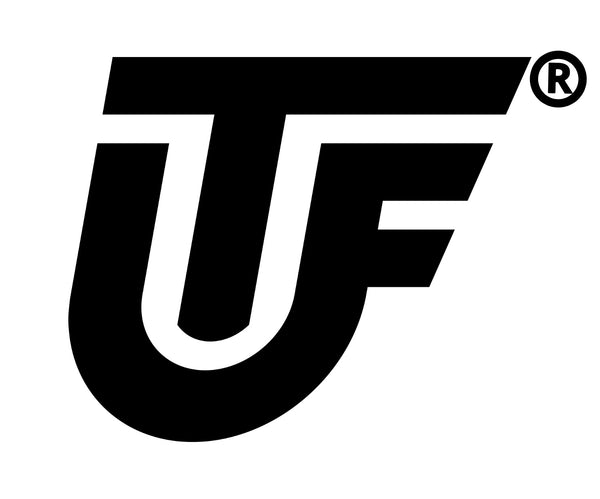After an intense track and field workout, proper muscle recovery is crucial for enhancing performance and preventing injuries. Whether you're a sprinter, long-distance runner, or field event athlete, recovery strategies can make a significant difference in your training regimen. In this post, we’ll explore the best practices for muscle recovery tailored for track and field athletes.
- Hydration: The Foundation of Recovery
Staying hydrated is essential for muscle recovery. Water aids in transporting nutrients to muscles and removing waste products. Track and field athletes should drink plenty of water before, during, and after workouts. Adding electrolytes can also help replenish minerals lost through sweat.
- Nutrition: Fuel Your Recovery
Consuming the right nutrients after a workout can accelerate muscle repair and growth. Focus on:
- Protein: Essential for muscle repair. Include lean meats, eggs, or plant-based proteins.
- Carbohydrates: Replenish glycogen stores with whole grains, fruits, and vegetables.
- Healthy Fats: Support overall health with avocados, nuts, and olive oil.
- Stretching and Mobility Exercises
Post-workout stretching helps reduce muscle stiffness and improve flexibility. Dynamic stretches and foam rolling can enhance blood flow to muscles, promoting quicker recovery. Incorporate yoga or Pilates into your routine for additional mobility benefits.
- Adequate Rest and Sleep
Rest is one of the most critical components of muscle recovery. Ensure you get 7-9 hours of quality sleep each night. During sleep, your body repairs damaged muscle tissues and synthesizes proteins. Additionally, consider incorporating rest days into your training schedule.
- Ice Baths and Contrast Showers
Ice baths can reduce muscle inflammation and soreness by constricting blood vessels and reducing metabolic activity. Contrast showers, alternating between hot and cold water, can also improve circulation and speed up recovery.
- Massage and Physiotherapy
Regular massages can alleviate muscle tightness and improve circulation. Physiotherapy sessions can help address specific injuries or muscle imbalances, ensuring a quicker and more effective recovery.
- Active Recovery Workouts
Light activities like walking, swimming, or cycling on rest days can promote blood flow and aid in recovery without putting additional stress on your muscles.
Conclusion:
Muscle recovery is an integral part of a track and field athlete's training program. By prioritizing hydration, nutrition, rest, and incorporating effective recovery techniques, you can enhance your performance and reduce the risk of injuries. Stay consistent with these practices to ensure you’re always at your best on the track.

